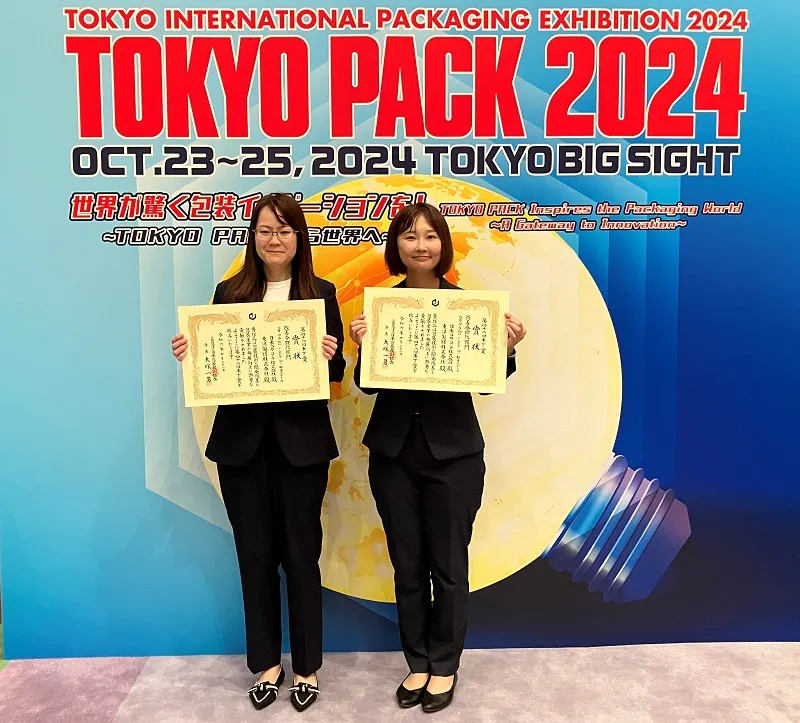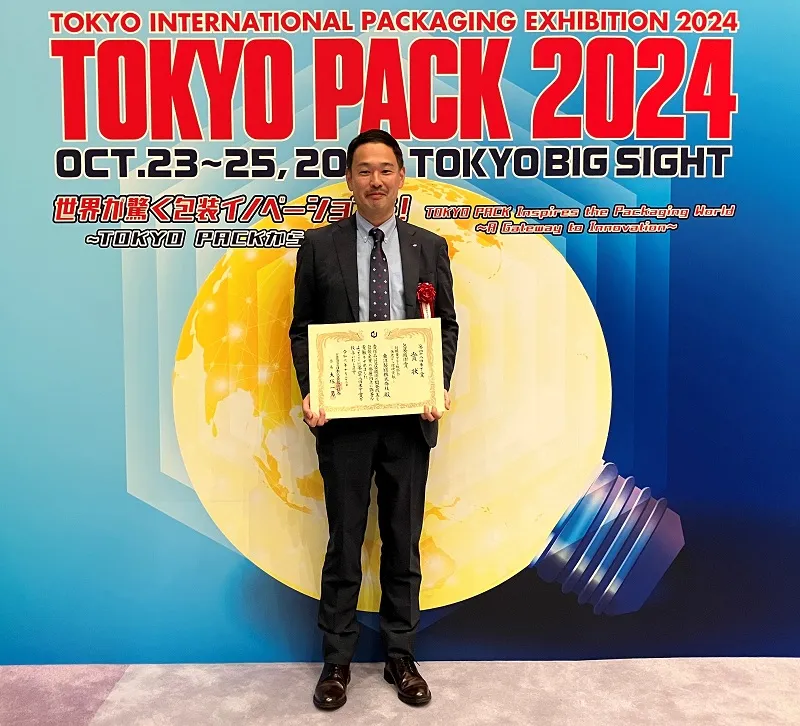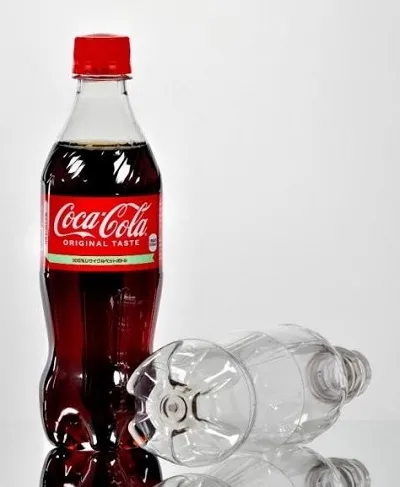Both products make significant contributions to reducing environmental impact through technological innovation that achieve lighter weights. Moving forward, Toyo Seikan will continue to contribute to environmental conservation and the realization of a sustainable society through the development and provision of more such products and services.
1 The Kinoshita Prize Award was established by the Japan Packaging Institute in commemoration of the late Kinoshita Matasaburo, the second president of the association, for his long-standing contributions to the packaging industry. The award is presented annually to individuals or organizations who have made significant achievements in three categories: (a) Outstanding achievements in packaging research and development, (b) Outstanding achievements in packaging improvement and rationalization, and (c) Outstanding achievements in creating new fields in packaging.
2 This is one of the three categories of the Kinoshita Prize Awards and is presented to those who have made notable achievements in packaging improvement and rationalization.
3 This award is presented for outstanding achievements in packaging that do not fall within the defined categories of the Kinoshita Prize Awards.
4 Coca-Cola is a registered trademark of The Coca-Cola Company.
(1)Coca-Cola🄬 500 ml 100% r-PET Lightweight Bottle (received award in the Improvement & Rationalization Category)
In this product, the shape of the preform—an intermediate stage—and the petaloid shape of the bottom of the bottle have been modified, reducing the overall weight by 2 g (9%), from 23 g to 21 g, making the bottom lighter while maintaining the same performance and design as conventional containers. The bottle is now the lightest 500 ml PET bottle for carbonated beverages in Japan.5
In addition to the weight reduction, the use of 100% r-PET (recycled polyester) resin reduces resin usage by approximately 200 tons per 10 million bottles, thereby further reducing the environmental impact. The bottle still maintains the same carbon dioxide barrier properties as before, ensuring that consumers can enjoy the same great taste.
5 As of April 2024, according to a survey conducted by Toyo Seikan.
(2)Ultra-lightweight aluminum beverage can (awarded the Packaging Engineering Award)
This product uses an innovative technology called Compression Bottom Reform (CBR) that strengthens and reduces the weight of the bottom portion of aluminum beverage cans. Reforming the can bottom achieves high bottom pressure resistance while reducing the weight, thus contributing to decreased greenhouse gas (GHG) emissions through reduced aluminum material usage.
Through CBR, the 350 ml and 500 ml aluminum DI cans have been reduced in weight by 1.5 g (12.8%) and 2.0 g (13.3%), respectively, making them the lightest in their respective categories in Japan.6 In the future, if CBR were used for all applicable aluminum beverage cans, it is estimated that GHG emissions could be reduced by approximately 40,000 tons annually.7
6 Based on the empty weight of 204SOT (stay-on-tab) cans with diameters of 350 ml and 500 ml, as of March 2024, according to a survey conducted by Toyo Seikan. The weight does not include the can lid.
7 Calculated based on production records using the current specifications for aluminum beverage cans at Toyo Seikan in the fiscal year 2022 and on the GHG reductions per can using CBR.





